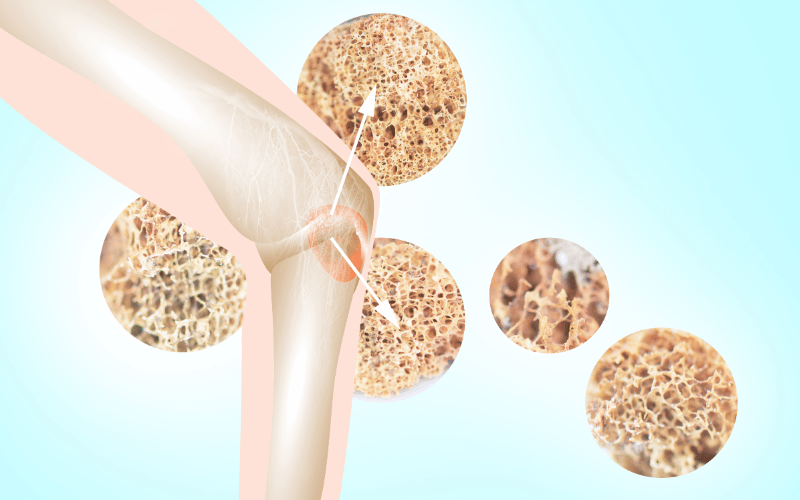Symptom 8: Bone Pain

Our skeletal system, a marvel of biological engineering, serves as the body’s structural foundation. It not only offers support and protection but also plays a role in producing blood cells and storing essential minerals. Our bones are dynamic structures, continually remodeling and adjusting based on the demands placed on them. Despite their sturdy appearance, bones have a sensitivity that allows us to perceive pain, and when they hurt, it’s a sign that all is not well. Bone pain differs vastly from the soreness you feel after a workout or the ache from an overstretched muscle. It’s a deeper, more persistent kind of pain that tends to gnaw at you.
Squamous-cell carcinoma (SCC) of the lung is notorious for its ability to spread. Initially, one might think of the lungs when considering SCC, but as the disease progresses, it can send out scouts in the form of malignant cells. These scouts can establish outposts in distant lands, and unfortunately, bones are prime real estate for them. This spread of cancer to the bones is termed metastasis. Now, bones are not passive structures. They have their defense mechanisms, but the onslaught of SCC cells can be overwhelming. When these cells make a home in the bones, they start altering the bone’s natural environment.
The bone is a battleground when SCC cells invade. These malignant invaders cause havoc, releasing substances that stimulate bone breakdown. It’s like a fortress wall being continuously battered. Our body, in its defense, tries to repair and rebuild. However, the rapidity with which SCC cells work can outpace the body’s repair mechanisms. This disruption in the bone’s architecture and the continuous cycle of destruction and repair is the primary genesis of the deep-seated pain one feels. (8)